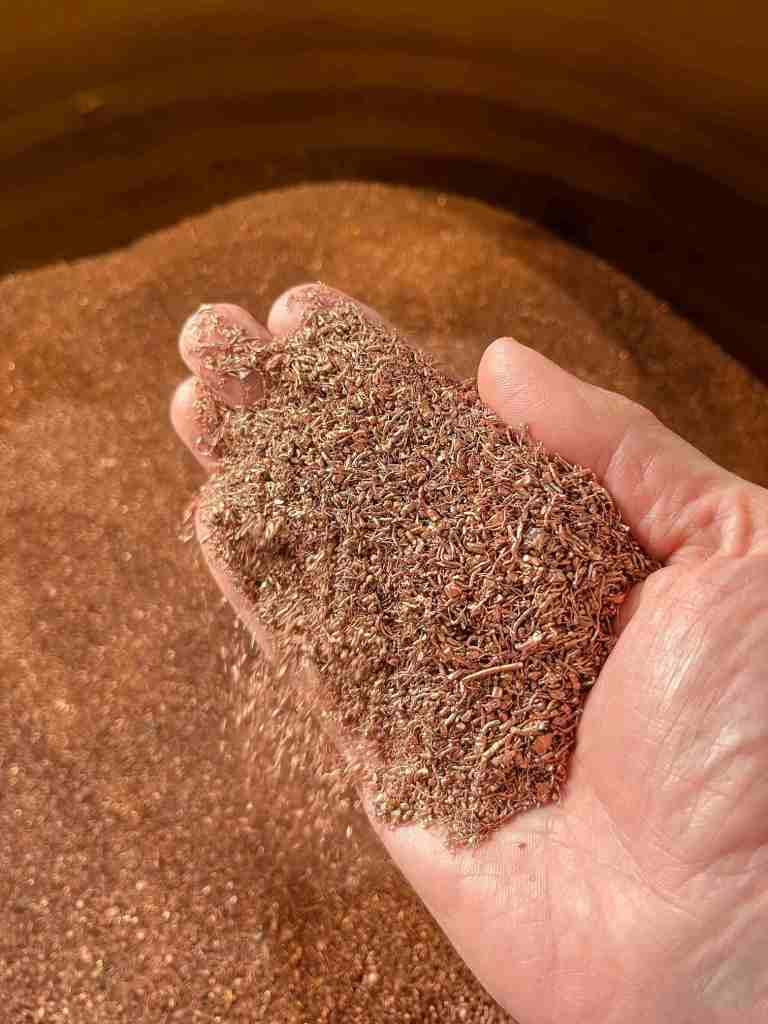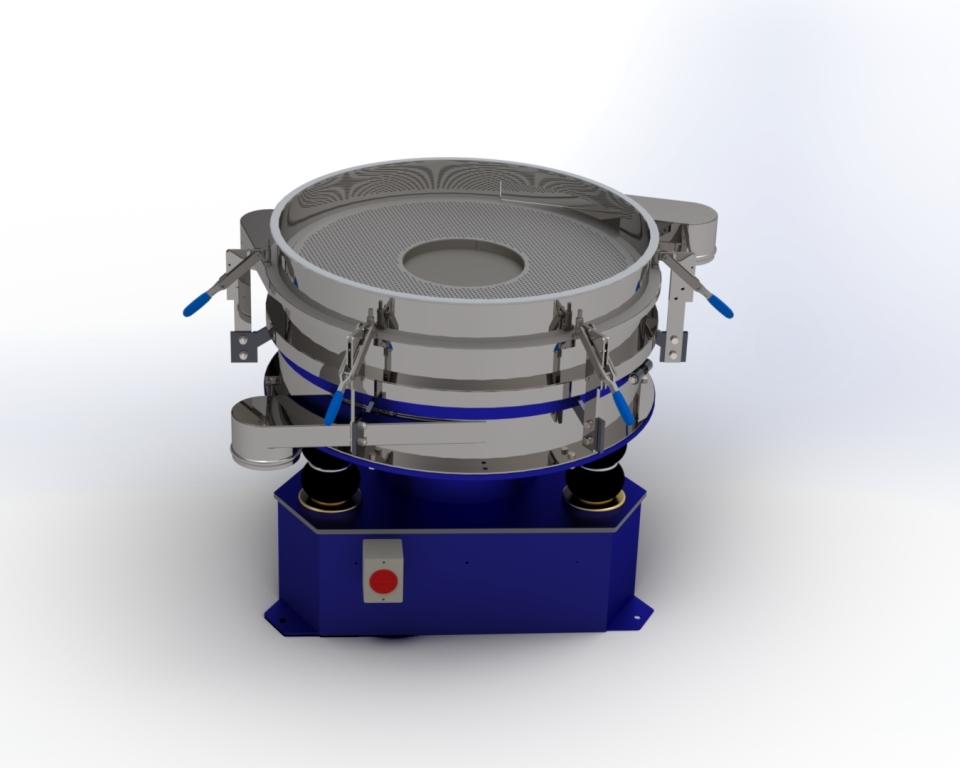05.02.2024
From rubbish to recycled
Refining the separation process is essential for the efficient recycling of metals. Stephen Harding, managing director of Gough Engineering, explains why properly screening recycled metals is essential to their value.
An important factor in valuing recycled metals is purity. So if copper contains a high percentage of contaminants, then its value declines. Given that a total of 8.7 million tonnes of copper comes from both old and new scrap every year, according to the International Copper Association (ICA), recycling is integral to the copper value chain.
The recycling industry is continuously growing, and new machinery dedicated to the task of recovering metals is developing around the world every year. The sector will play a crucial role in strengthening the UK’s balance of trade and in meeting ‘end of life’ targets for various categories like vehicles, packaging, batteries and electrical equipment. Moreover, 60 per cent of copper produced since the 1900s is still in use, according to the British Metals recycling Association (BRMA).
One challenge for recycling businesses is to reintegrate a greater amount of copper back into new product manufacturing. That means using for example classifying scrap into useful products and serve the expanding recycling sector.
There are multiple reasons why recycling metals is beneficial for us all. it preserves natural resources, offsets business carbon emissions, reduces production costs. In addition, metals can be recycled many times before damaging original properties.
The primary goal for companies separating metals should be to guarantee quality and purity in the end product for reuse or resale. In the case of copper, the presence of contaminants or unwanted materials — even in small percentages — can have a substantial impact on quality and affect its value and usability across various industries. That’s why these contaminants should be screened and removed accordingly.
Complexities of separation
A primary screening stage utilising material specific gravity and water based screening can be implemented first. A secondary separation process using particle sizes can then be used to perform final screening by particle sizes.
This not only enhances the overall quality of the recycled metal but also streamlines the subsequent manufacturing process, leading to higher efficiency and reduced waste.
The significance of separation and screening becomes even more pronounced when considering the sheer volume of recycled copper involved. With millions of tonnes in play annually, any improvements in the efficiency of these processes have a substantial impact, both economically and environmentally.
But, with all the benefits that recycling metals presents, it must not be forgotten that this equipment must be designed appropriately for the manufacturer’s unique production requirements.
For the recovery of metals, including shredded copper, the Vibrecon vibratory separator (GVC) separates products by particle size, using single or stacked decks and comes in a range of machine diameter sizes. The system uses a gyratory sifting action to continuously process the materials for effective operations to reform, reconstitute or resell on to other manufacturers.
In addition, the multi-deck separation (circular or linear) system offers versatility by allowing the stacking of, for example, screening decks for multiple fraction separation. It features adjustable vibration through two sets of vibratory motor weights, which enables fine tuning for optimal product separation and throughput.
Environmental aspects
It is worth emphasising that investing in advanced material handling technology is not only a strategic move for businesses, but also a responsible choice for sustainable resource management.
By maximising the value of recycled metals through separation and screening, manufacturers can contribute to the circular economy by reducing the demand for new raw materials. This minimises the environmental footprint associated with traditional metal extraction processes — and consequences like deforestation, soil erosion and disruption of habitats for wildlife, as reported by the BBC.
As the world continues to embrace the importance of sustainability, the role of material handling equipment becomes increasingly vital in shaping a future where recycled materials play a central role in the global supply chain.
www.goughengineering.com

Some 8.7 million tonnes of copper comes from both scrap (old and new) every year, so recycling is integral to the copper value chain.

(Bottom) Gough Engineering’s Vibrecon vibratory separator (GVC) separates products by particle size
« Back
|